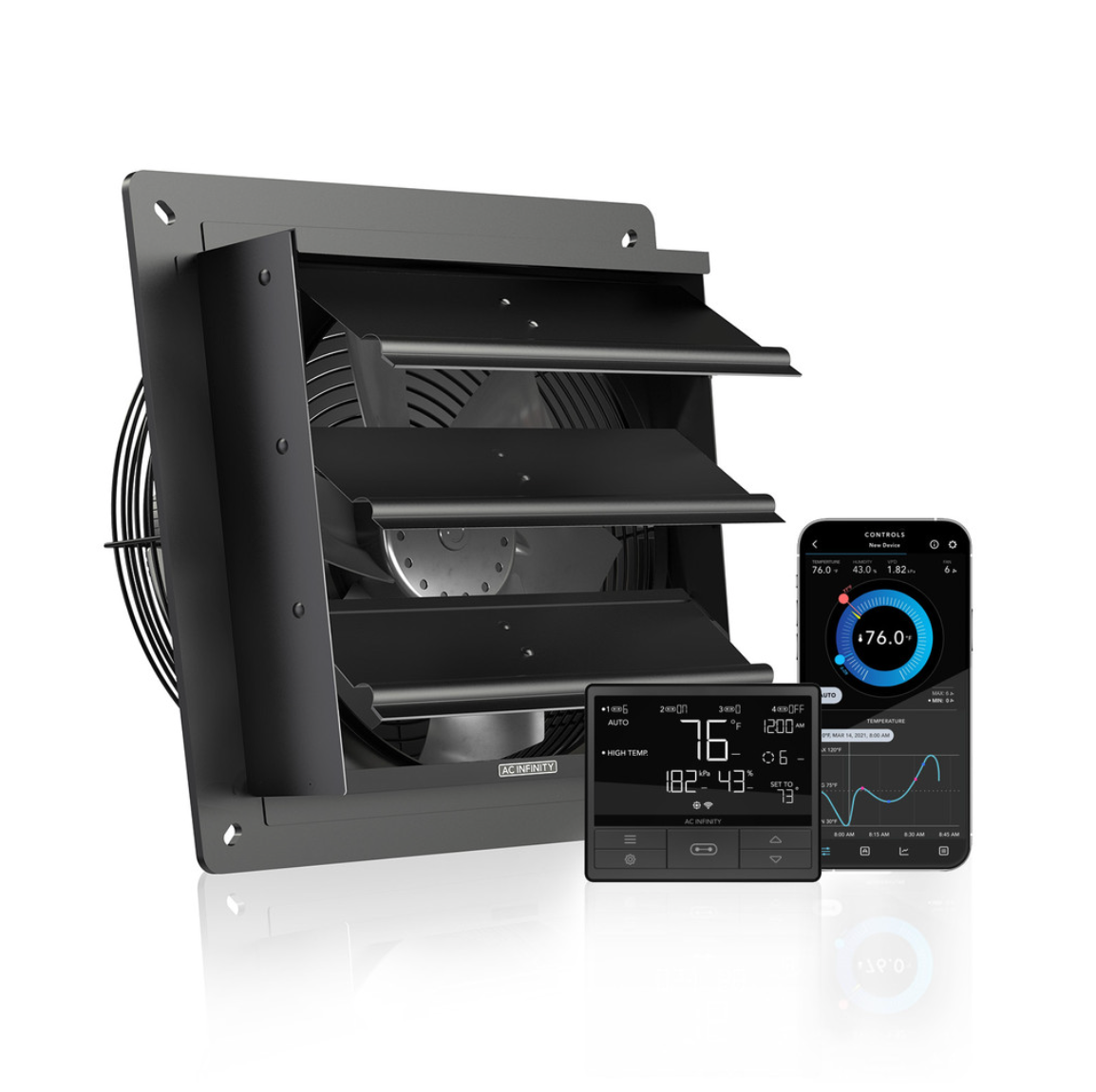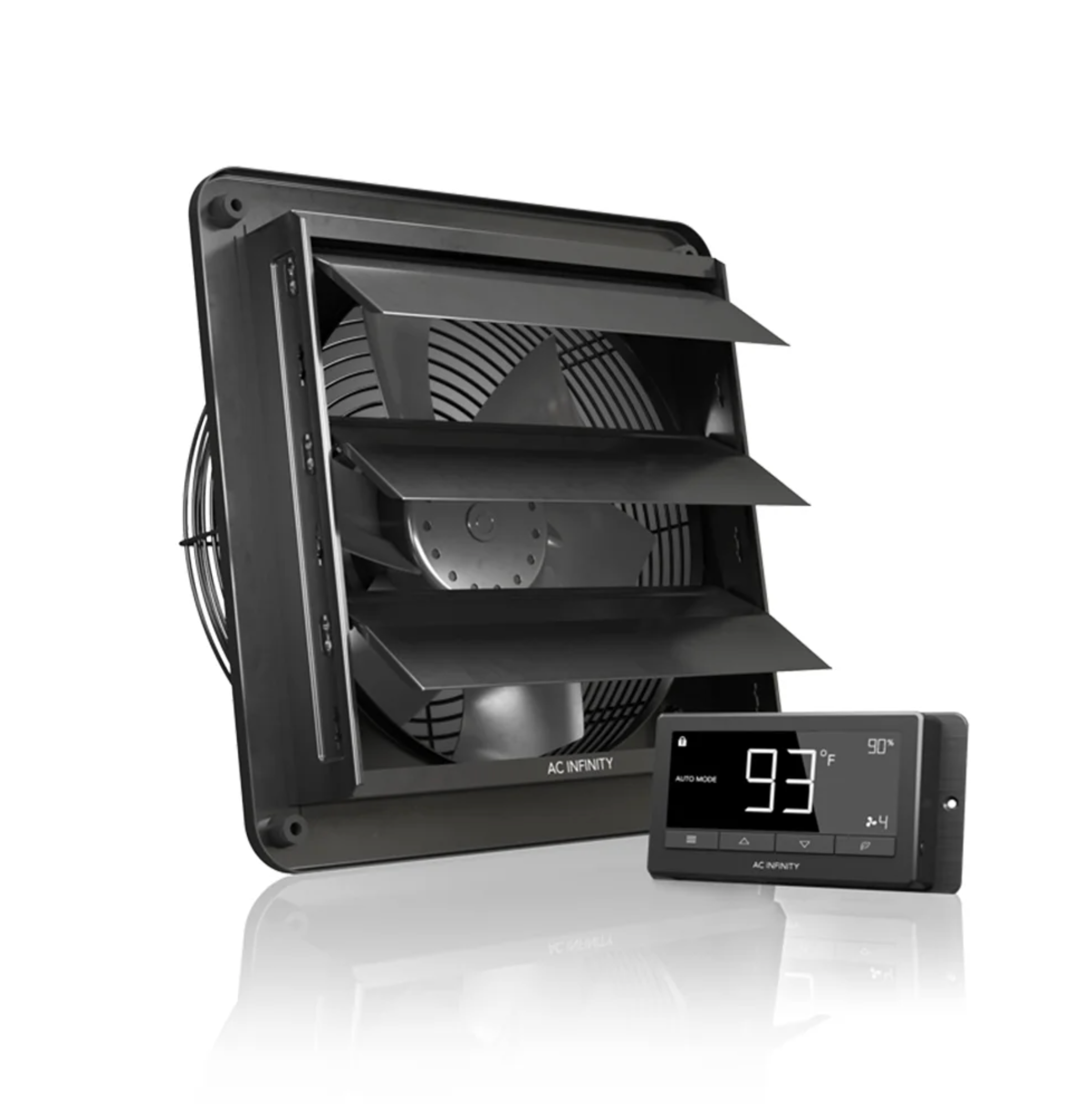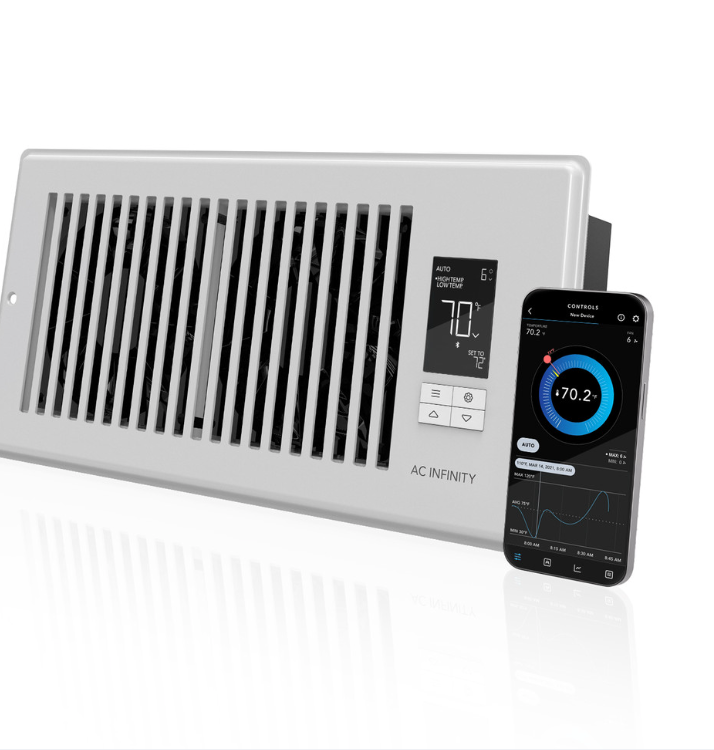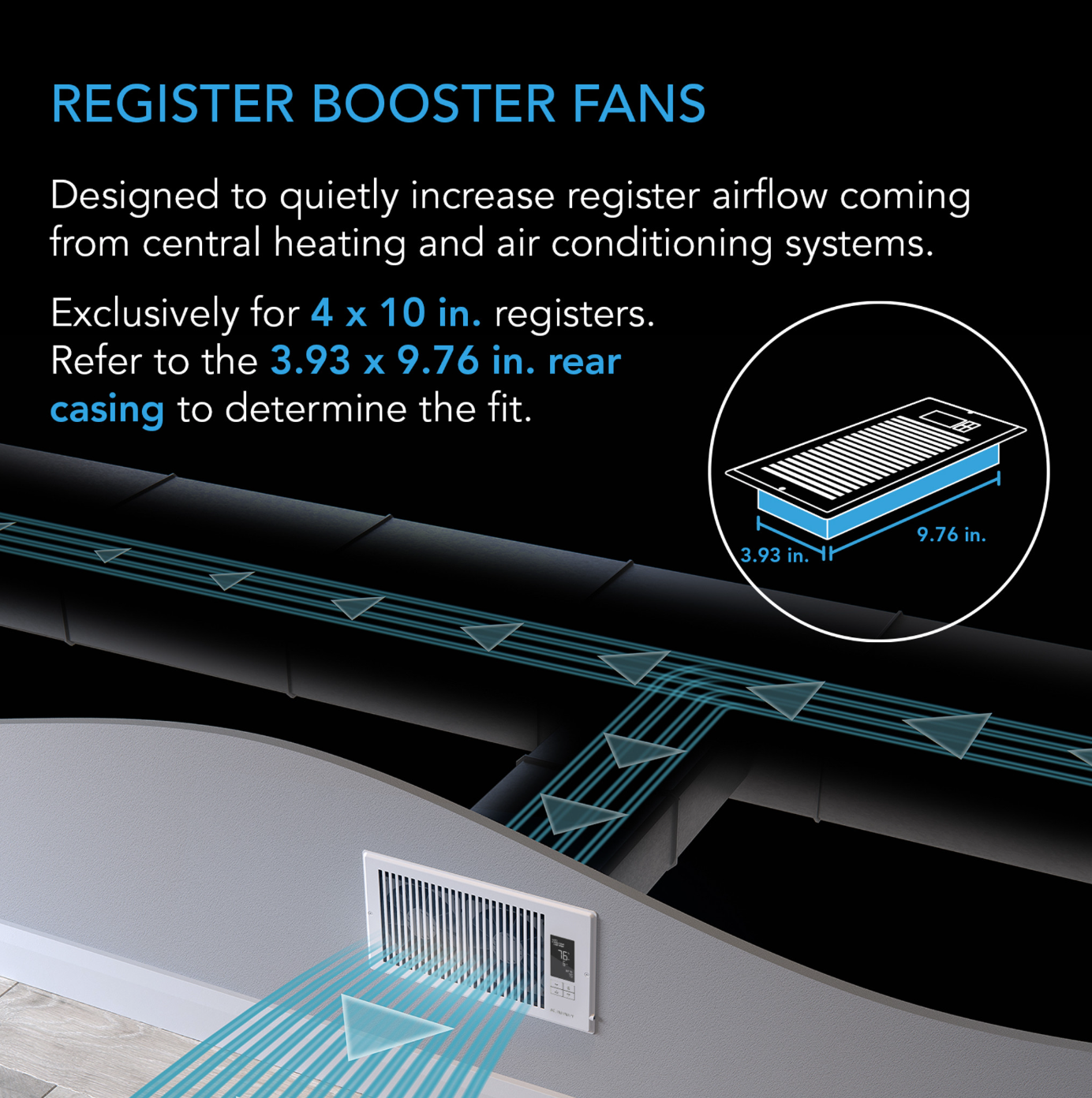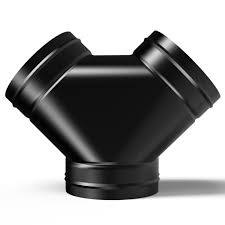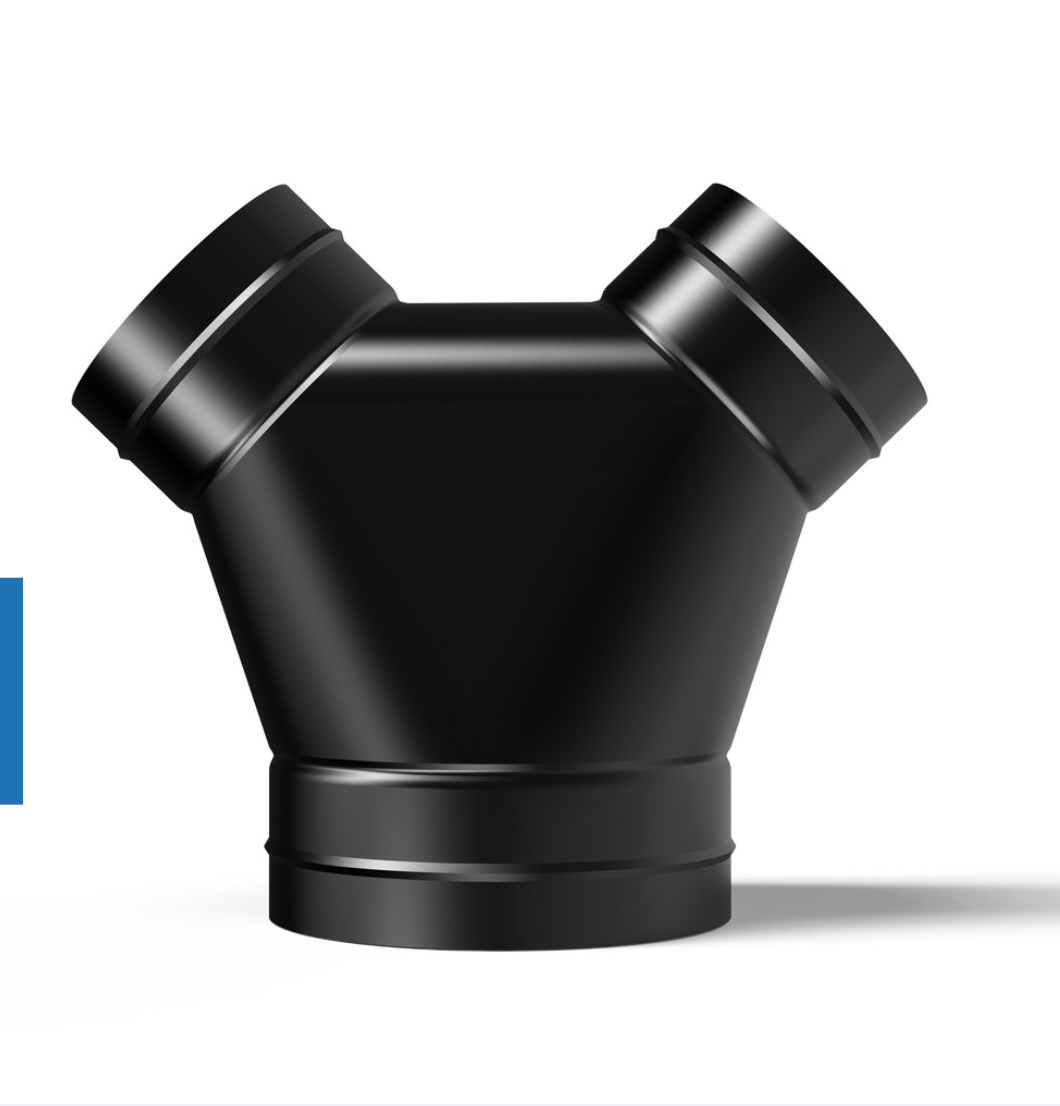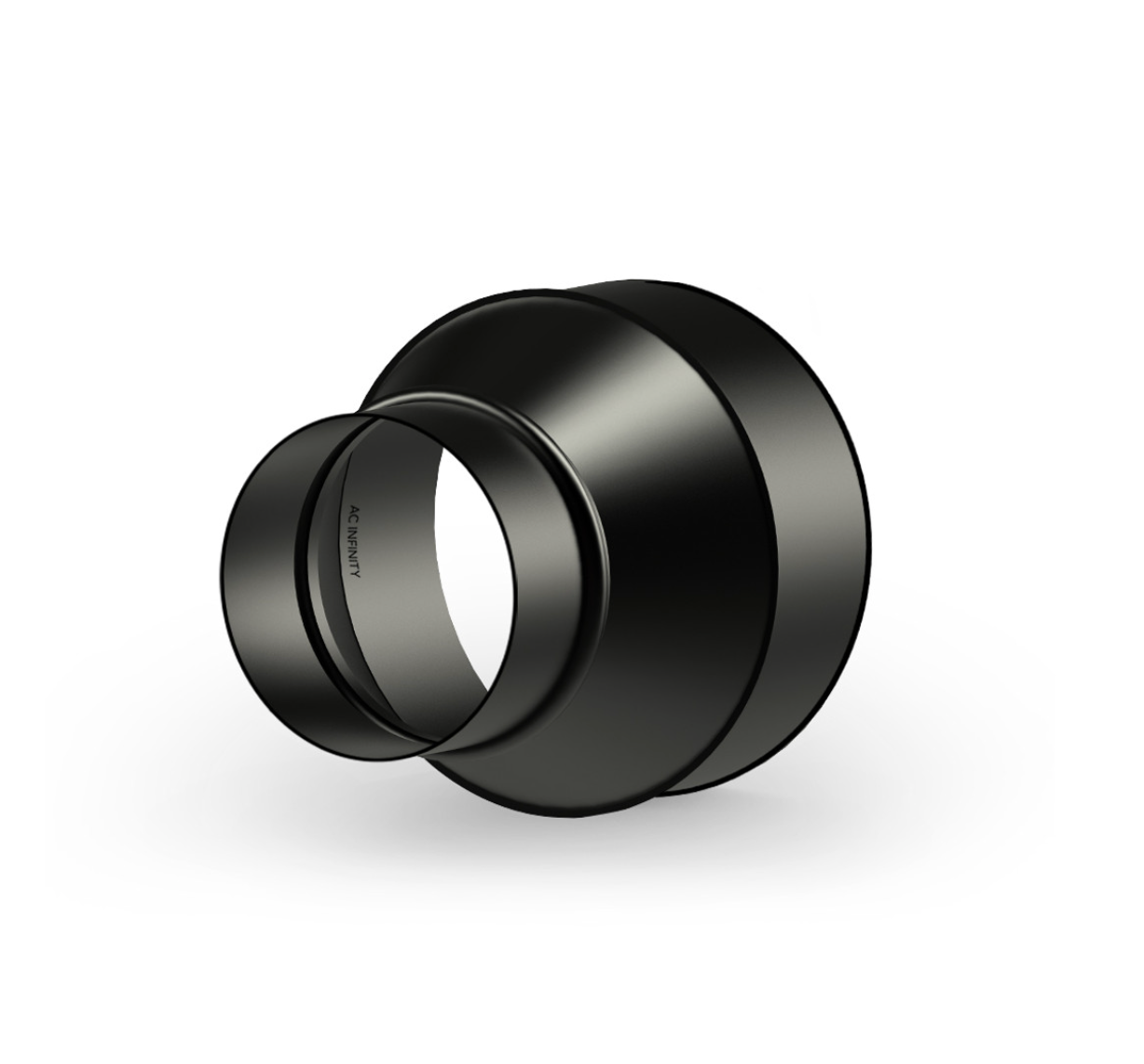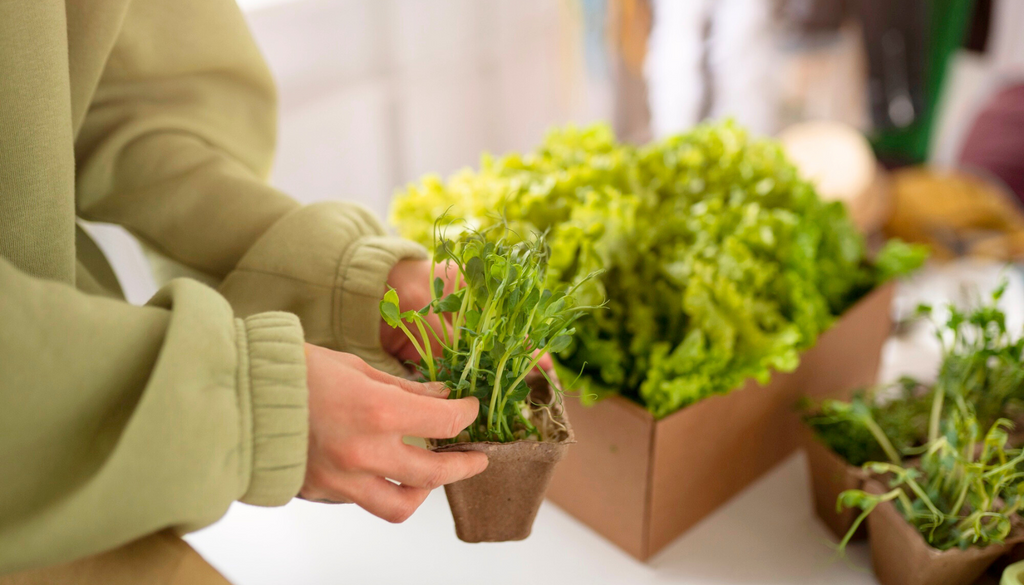
Boost Your Indoor Plants Health with IoT Nutrient Sensors

Smart growing systems are changing how we monitor plant nutrients at home. Let's look at how IoT sensors make it easier to grow healthy plants indoors.
Key Takeaways
- IoT sensors check nutrient levels 24/7 without any work from you
- Get alerts before your plants show signs of nutrient problems
- Save money by using only the nutrients your plants need
- Track your plants' health from your phone
What Are IoT Nutrient Sensors?
IoT nutrient sensors are small devices that sit in your growing solution or soil. They measure things like nitrogen, phosphorus, and potassium levels, along with pH and water content.
How Do These Sensors Help Indoor Growers?
Instead of guessing when to feed your plants, these sensors tell you exactly what your plants need. They send info right to your phone, so you know when nutrient levels are getting low.
Real-Time Monitoring
The sensors check your nutrient levels all day long. You'll know about problems before your plants start looking sad or yellow.
Easy to Use
Most sensors connect to an app on your phone. You don't need to be a plant expert - the app tells you what to do when nutrient levels change.
Setting Up Your Nutrient Monitoring System
- Place sensors in your growing medium
- Connect them to your WiFi
- Download the app
- Set your target nutrient levels
Common Problems These Sensors Prevent
With regular monitoring, you can avoid:
- Nutrient burn from overfeeding
- Yellow leaves from nitrogen deficiency
- Root problems from wrong pH levels
- Wasted nutrients from overfeeding
Tips for Getting Started
- Start with one or two sensors to learn how they work
- Keep sensors clean for accurate readings
- Check readings at the same time each day
- Save your data to track patterns
Is It Worth the Investment?
While these sensors cost more upfront, they can save money over time. You'll use fewer nutrients, lose fewer plants, and spend less time troubleshooting problems.
Final Thoughts
IoT nutrient sensors take the guesswork out of indoor growing. They help you grow better plants with less work, making indoor growing easier for everyone.
Here are 8 common FAQs about IoT nutrient sensors based on the article content:
1. What exactly do IoT nutrient sensors measure?
They measure nitrogen, phosphorus, and potassium levels, as well as pH and water content in your growing medium.
2. How do I know when my plants need nutrients?
The sensors send real-time alerts to your phone when nutrient levels are low, eliminating the need for guesswork.
3. Is it difficult to set up these sensors?
Setup is straightforward with four main steps::
- Place sensors in growing medium
- Connect to WiFi
- Download the app
- Set target nutrient levels
4. Do I need to be a plant expert to use these sensors?
No, the app guides you and tells you exactly what to do when nutrient levels change.
5. What common plant problems can these sensors prevent?
They help prevent:
- Nutrient burn
- Yellow leaves from nitrogen deficiency
- Root problems from pH issues
- Wasted nutrients
6. Are IoT nutrient sensors worth the investment?
While the initial cost is higher, they save money long-term through reduced nutrient waste, fewer lost plants, and less time spent troubleshooting.
7. How often do the sensors monitor nutrient levels?
The sensors provide 24/7 monitoring of your plants' nutrient levels.
8. What maintenance do these sensors require?
To maintain accuracy, you should keep the sensors clean and check readings at consistent times each day.

